In the realm of portable electronic devices(RIGID-FLEX PCBS), achieving optimal design and manufacturing standards is imperative to fulfill specific requirements. These devices demand internal circuitry that not only ensures high reliability for their designated functions but also exhibits resilience in the face of challenging environments. The gamut of challenges encompasses extreme temperature fluctuations, exposure to moisture-laden atmospheres, physical impacts, as well as susceptibility to electromagnetic interference (EMI) and radio frequency (RF) disruptions.
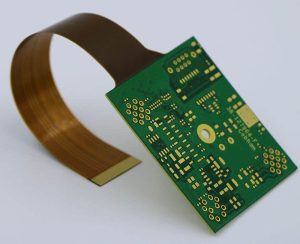
![]()
Compounding these challenges is the necessity to ingeniously utilize limited space within the device. The relentless march towards sleeker, slimmer, and more pliable portable devices, including smartphones, smartwatches, wearable fitness trackers, inventory management tools, and even dental surgery eyeglasses, demands circuitry that impeccably marries these compact dimensions with featherlight weight for optimum user convenience.
Among the trio of printed circuit board technologies – RIGID-FLEX PCBS, flex circuits, and rigid-flex circuits – customers are confronted with a pivotal decision. While rigid circuit boards boast versatility across a broad spectrum of applications, it is the domain of rigid-flex circuits that reigns supreme as the preferred choice for portable devices.
In essence, the intricate interplay between cutting-edge design and manufacturing methodologies is what empowers the evolution of portable electronic devices, enabling them to seamlessly merge efficiency, durability, and ergonomic elegance.
Addressing the intricate design demands of modern portable electronic devices is a complex endeavor. The conventional paradigms of rigid printed circuit boards (RIGID-FLEX PCBS) and flexible circuits each present their own set of limitations when catering to the multifaceted requisites of these devices.
![]()
![]()
Challenges with Rigid PCBs and Flex Circuits
While RIGID-FLEX PCBS offer robustness, EMI/RF shielding, and shock resistance, they often fall short when it comes to accommodating the intricate connectivity demands of portable devices. Numerous points of interconnect, involving connector solder joints, connector interfaces, wire solder joints, and crimped wire contacts, become necessary to fulfill the intricate connectivity matrix. Unfortunately, this proliferation of interconnect points escalates the susceptibility to failures, thus jeopardizing device reliability.
Moreover, the incorporation of connectors adds weight and occupies valuable space within the device, potentially leading to suboptimal ergonomics and bulkier dimensions. The rigidity of these boards also hampers their ability to conform to the contours of curved or flexible devices, limiting design possibilities.
On the flip side, flexible circuit boards exhibit promise in accommodating bendable and flexible devices, harmonizing form with function. Their slender profiles seamlessly integrate with mechanical components, yet they too necessitate connectors and solder joints, maintaining the complexity of interconnections.
Harnessing the Power of Rigid-Flex Boards
In the realm of portable device design, a breakthrough solution emerges: the deployment of rigid-flex circuit boards. This innovative amalgamation marries the strengths of rigid PCBs and flex circuits, engendering an all-encompassing platform that overcomes the drawbacks of both predecessors.
The Profound Advantages of Rigid-Flex Boards
- Revolutionizing Packaging: The integration of rigid circuits with flex areas within a single unit heralds a transformation in packaging efficiency. By markedly reducing, and in some cases, obviating the need for wired connections, rigid-flex boards enable designers to conceive products that are not only lighter but also more compact. The diminutive form factor of the flex area materials, accounting for only 10% of the size and weight of wired solutions, empowers design freedom without compromising on performance. This paradigm shift accommodates leaner, sleeker, and more elegant product designs, all while retaining uncompromised functionality.
- Unprecedented Versatility: Rigid-flex circuit boards flex their mettle when it comes to tight spaces and complex contours. These boards can infiltrate recesses and crannies that multiple rigid boards, connectors, and wiring harnesses would struggle to inhabit. Furthermore, their remarkable bend capabilities facilitate interconnect solutions previously unattainable with conventional designs.
- Enhanced Durability: Rigid-flex boards bestow unparalleled resilience by judiciously allocating rigid circuitry for robustness and flex areas for adaptability. This marriage of sturdiness and flexibility ensures that each facet of the device receives tailored reinforcement, elevating its shock absorbance and longevity.
In the dynamic landscape of portable electronic devices, the emergence of rigid-flex circuit boards heralds a paradigm shift. These boards surmount the limitations of their precursors, fusing innovative design with unwavering functionality. The journey towards more sophisticated, ergonomic, and reliable portable devices is emboldened by the pioneering prowess of rigid-flex technology.
Golden Margins –Entire Range of Touchscreen Products
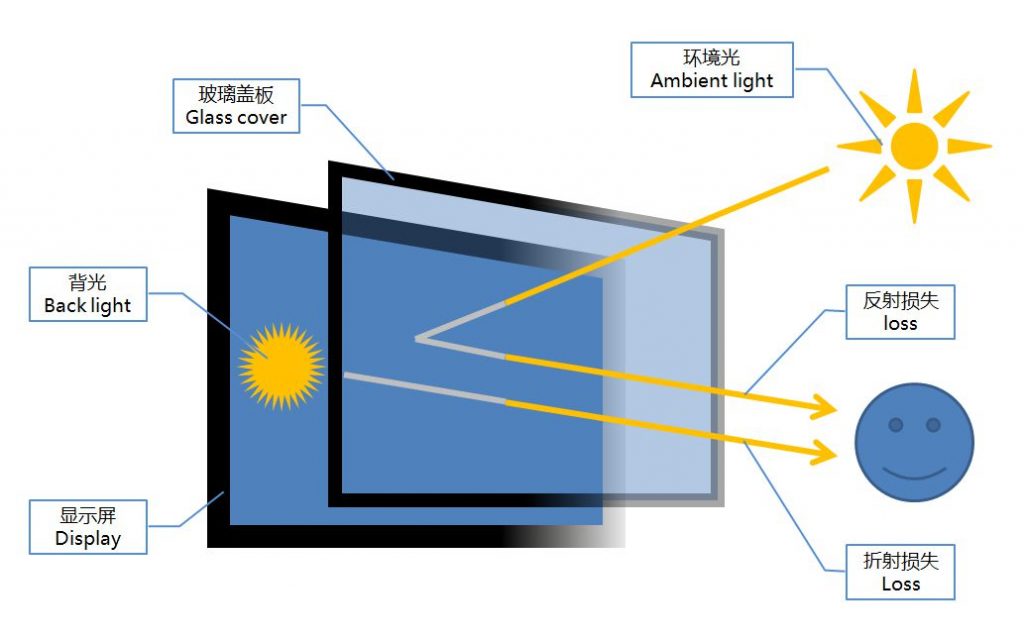
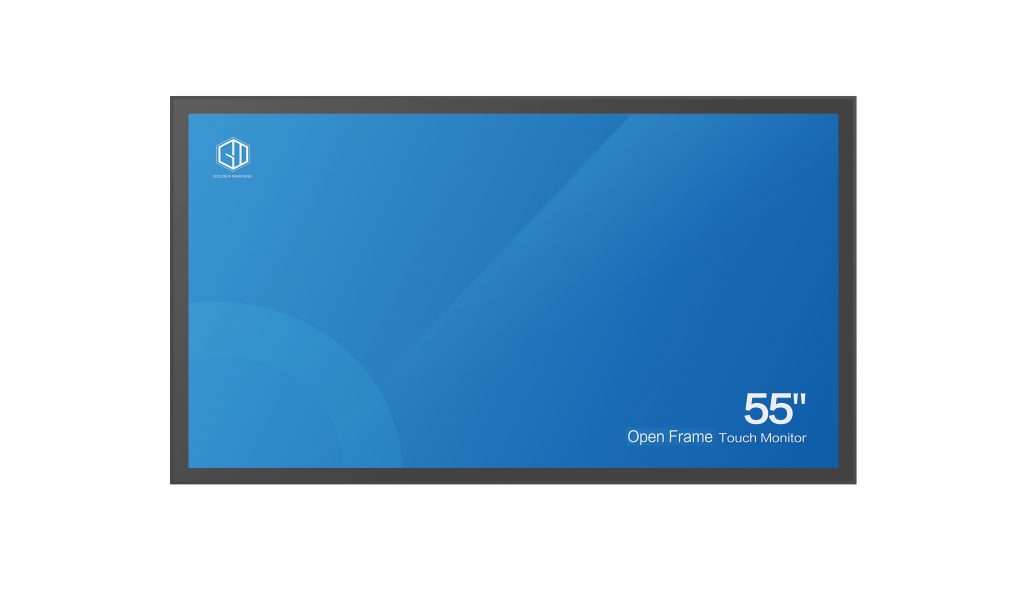
We hope you found these touchscreen or panel PC fundamentals informative. Goldenmargins offers a broad selection of Industrial Touchscreen Monitors and Touch Panel PCs in various sizes and configurations, including medical touch screens, sunlight-readable touch screens, open-frame touch screens, and waterproof touch panels, as well as other unique touch screen or panel PC designs. You can learn more about our services HERE or by calling us at +86 755 23191996 or sales@goldenmargins.com



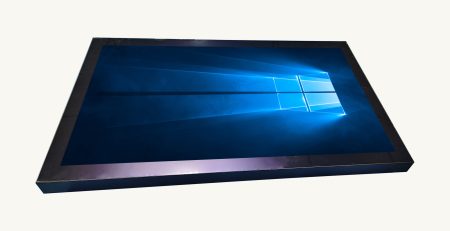
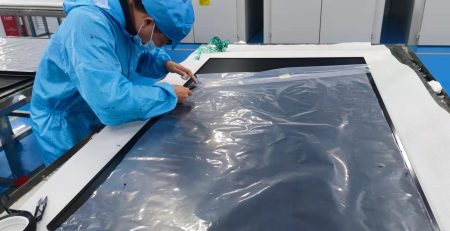
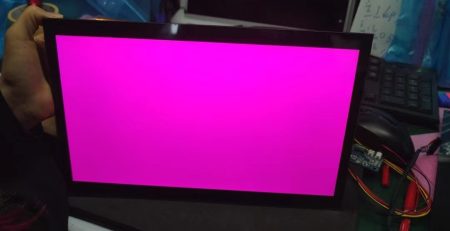
Leave a Reply